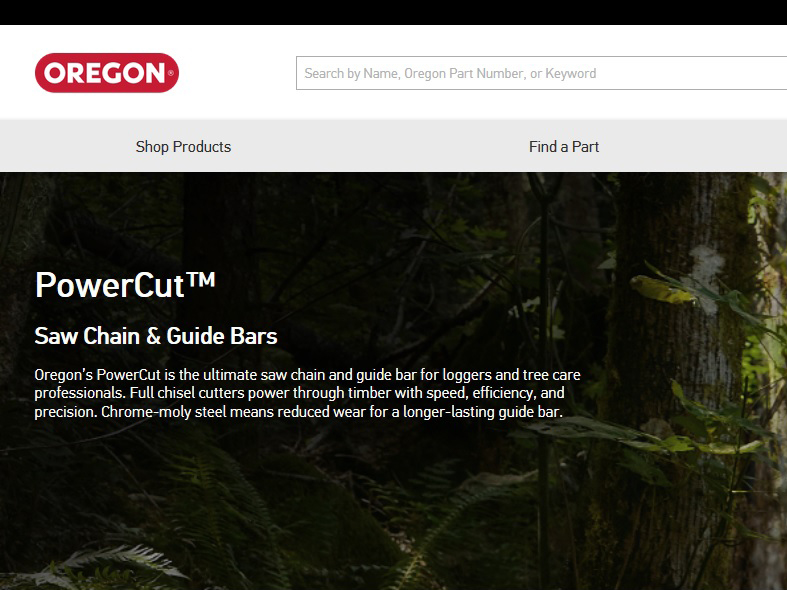
I’ve been a freelance content marketer and copywriter for 10 years, but I don’t consider my content marketing business to be part of “the gig economy.” For example, Enlighten Writing has its own LLC, business licenses, and separate financial accounts. I even employ subcontractors when the situation arises. So I consider myself a business owner.
Multiple stories about gig economy “freelance side hustles” leave out the experiences of business owners like myself, and how we approach our work. I and others have noticed many narratives romanticize freelancing.
Don’t get me wrong: there are certainly freelance or 1099 roles that are gig-oriented, but I think it’s a mistake to think that all copywriters or editors consider their work to be “gig work.”
Gig work implies temporary work, or work performed on a one-off basis. Many of my colleagues have long-standing agreements or even contracts with their clients. I work with clients over long periods of time.
In my experience, people who want to remain self-employed (and aren’t doing it until they land a corporate job) treat it like a business. We encounter ups and downs like any other business owner.
I’m writing a few articles about my first decade in business, starting with a story of my first project as a self-employed business owner and freelance writer.
My First Content Marketing Project
There are many reasons I decided to quit my job 10 years ago. I wanted greater control over my income, workload, and non-work schedule. I knew that I needed to have an entrepreneurial mindset. The term “gig” was starting to get thrown around, but I didn’t feel that the term was accurate for what I wanted to do.
I had a sincere desire to help, but I was also scared … the U.S. was technically out of the worst economic recession since the 1930s, but it didn’t feel like (it didn’t feel like it for many years).
Like many business owners, the fear of failure was my motivation. I think many people expected me to fail, honestly, except for my wife, mother, sister, and father.
Two days after I officially became a self-employed business owner (e.g. two days after I had quit my job), I gained my first client for the agreed-upon princely sum of $300. The amount was contingent upon the completion of the project. I can see several things wrong with this scenario, but I’ll get to that in a bit.
At the time, gaining a first client felt wonderful. I felt confident I’d chosen the right path because I’d managed to successfully sell my services. I had a website, business cards, and the place where I met my prospect was at a networking group.
The Good:
I wrote what I knew. The project was a business plan, which was my core skill at the time. A learning curve is okay for any job, but knowing my first freelance project was something I had done thousands of times was reassuring.
I interviewed my clients. My efficient note-taking skills helped me when I interviewed the owners of the start-up. I understood their product-market fit, their competition, and their go-to-market strategy.
I under-promised and over-delivered; this is what really sealed the deal for my clients. I gave a longer amount of time than I knew I needed, and I gave them a draft that was polished and complete.
The Less-Than-Good:
I didn’t charge anything upfront. Sometimes I still fall prey to this tactic, but the longer I do this, the more I need money upfront to at least get the work started.
Inflexibility. I wrote a business plan based on what I knew. The client needed something with more flair and possibly more graphics. The revision period lasted twice as long as it should have because of this.
The project wasn’t a portfolio piece. A generic business plan can be a portfolio piece, but it doesn’t easily display the reason people want business plans: signs of successful funding. It’s difficult to make 30–50 pages of text look dazzling.
First Project Takeaway
The first project’s success led my clients to hire me for more work later (and for a higher sum). I gained confidence, recommendations, and I knew I could make freelancing work … because I treated it like a business.
In part two, I’ll talk about what happens when a new business has difficulty finding clients, and some potential solutions.
Feel free to get in touch to learn more about my content marketing services!







